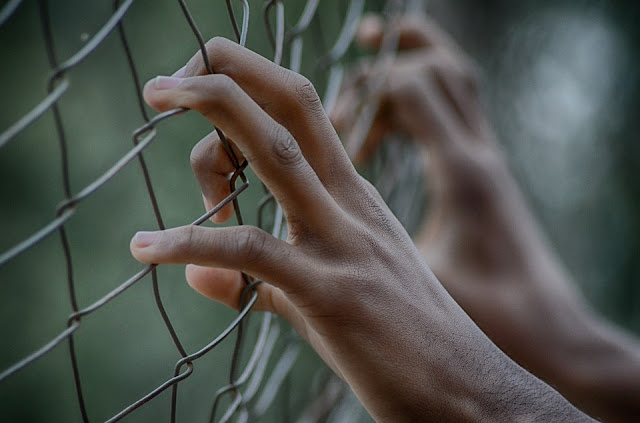The Prisoner Dilemma: Problems with the Stanford Prison Experiment
If you’ve taken a psych class in the past four decades, you’ve probably encountered some version of the following story:
In 1971, psychologist Philip Zimbardo recruited 21 male
Stanford students of perfectly sound mind and body to portray either prisoners
or guards—decided on a coin flip—for a two-week scientific study into prison
psychology. Although the “guards” were instructed not to become physical with
the “prisoners,” the guards quickly turned sadistic and the prisoners were so
psychologically shattered that the experiment was cut short after just six
days. The moral of the story is that even the healthiest among us have a tyrannical
authoritarian lurking inside, ready to be unleashed the moment we are handed
our own uniform and pair of reflective sunglasses.
There’s just a few problems with this. Well, scratch that, there’s
more than a few.
Despite the prevalence of the Stanford Prisoner Experiment tale,
it has a number of glaring flaws that disqualify it from saying much of
anything about humanity as a whole.
In Psychology Today’s 2013 “Why Zimbardo’s Prison ExperimentIsn’t in My Textbook,” Peter Gray Ph.D. argues that the “guards” were less
showing the true beast within and more responding to a whole host of highly leading
cues. In the turbulent early seventies, Gray writes, asking college students to
recreate a prison scenario was an invitation to playact a clash of power: “Surely,
Professor Zimbardo, who is right there watching them (as the Prison
Superintendent) would be disappointed if, instead, they had just sat around
chatting pleasantly and having tea.”
It’s been noted that Zimbardo went out of his way to create
a dramatic and stressful environment. Gray quotes Zimbardo’s own account of
his pre-experiment speech to the guard students:
‘"We cannot physically abuse or torture them," I
said. "We can create boredom. We can create a sense of frustration. We can
create fear in them, to some degree…They will have no freedom of action. They
will be able to do nothing and say nothing that we don't permit. We're going to
take away their individuality in various ways. They're going to be wearing uniforms,
and at no time will anybody call them by name; they will have numbers and be
called only by their numbers. In general, what all this should create in them
is a sense of powerlessness. We have total power in the situation. They have
none. ..."’
These, clearly, are not the words of a neutral arbitrator.
And indeed, as Maria Konnikova’s 2015 New Yorker article points out, when a
more neutral version of the experiment was attempted in 2001, the guards failed
to develop a group identity, while the prisoners united and quickly began resisting.
Then, there is the simple issue of sample size. In order to
make a definitive statement about people at large, you would need to carefully
select a diverse section of humanity, representing a variety of races, genders,
religions, nationalities, ages, and so on. And in order to eliminate the
possibility of a handful of fluke results distorting your whole findings, you
would need to study an enormous group—in the thousands, if not tens of
thousands. Lest we forget, Zimbardo’s total sample size was eleven white
college-age Stanford boys who responded to a newspaper ad about a prison study.
Even then, not everyone in the study reacted as we’ve been
told. By Zimbardo’s own admission, only about a quarter of the “guards” could
be seen truly tormenting the prisoners. (Remember, in a group smaller than 12,
this means 3 or fewer.)
Gray quotes one of those original student guards, "During
the day shift, when I worked, no one did anything that was beyond what you'd
expect in a situation like that. But Zimbardo went out of his way to create
tension. Things like forced sleep deprivation—he was really pushing the
envelope…”
"I didn't think it was ever meant to go the full two
weeks. I think Zimbardo wanted to create a dramatic crescendo, and then end it
as quickly as possible. I felt that throughout the experiment, he knew what he
wanted and then tried to shape the experiment—by how it was constructed, and
how it played out—to fit the conclusion that he had already worked out. He
wanted to be able to say that college students, people from middle-class
backgrounds—people will turn on each other just because they're given a role
and given power.
"Based on my experience, and what I saw and what I
felt, I think that was a real stretch. I don't think the actual events match up
with the bold headline. I never did, and I haven't changed my opinion."
Check out Robb’s new book and more content at www.bestmindframe.com.





Comments
Post a Comment